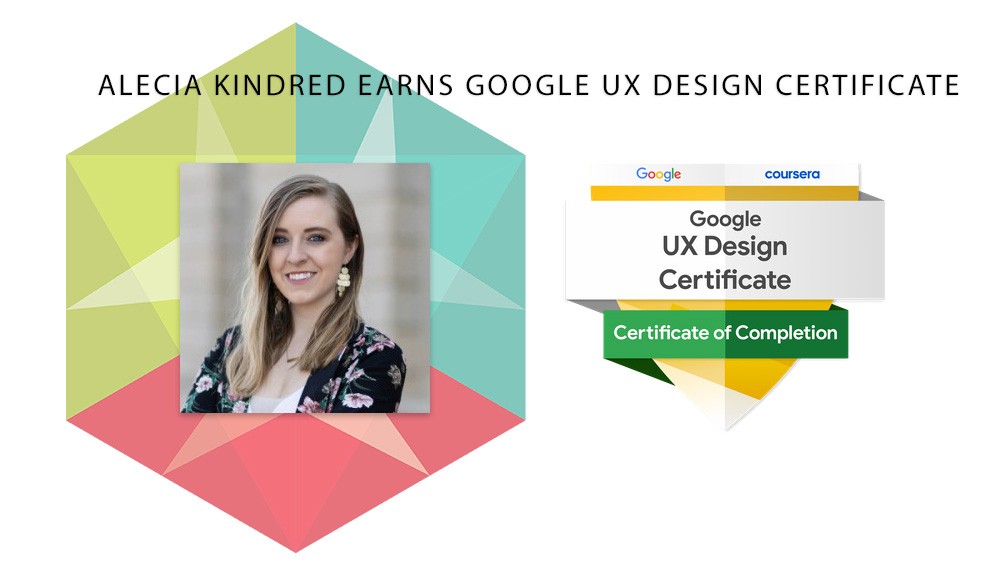Reconsidering Image Carousels

Sliders. Carousels. Rotating banner images.
Whatever you call them, it’s time you know something: They are really hurting your website.
Over the years, the evidence has piled up. They’re distracting. They’re ignored. They hurt Search Engine Optimization. And they kill conversions, an action users take that pushes them closer to a sale or purchase.
Yet image carousels are extremely popular. From Amazon to Zappos, Apple to Yahoo! – they’re everywhere. So if the big boys are doing it, why shouldn’t you?
Let’s look at the claims against image carousels and the facts that back them up:
Image carousels are distracting
Research that was funded by the U.S. Army from the University of Illinois and the TNO Human Factors Research Institute in the Netherlands revealed that when unexpected movement occurs, the eye involuntarily takes an average of one-tenth of a second to check it out before returning back to focus on the previous task.
Whether intended or not, your series of flashing images or scrolling promotional graphics are pulling the user’s attention away from what they really came to do: find information.
But perhaps that is your goal. Maybe you want your current and potential customer to be drawn to those ads so they’ll click.
The problem is nobody is clicking.
Image carousels are ignored
By in large, the problem is that image carousels have become a repository for advertisements, and people have learned to avoid advertisements.
It’s a phenomena called banner blindness or inattentional blindness, and it extends much further than the digital realm.
Even if we notice an ad on a website, the likelihood that we’ll click on it to learn more is less than 1 percent, according to studies like this one by University of Notre Dame web communications director Erik Runyon.
In most cases, the first slide is the only one that ever gets clickthroughs. Why not put all your effort into one well-thought-out static call to action?
Image carousels hurt SEO
Most rotating banners are placed below the main menu navigation but above any real homepage content. This is prime website real estate for promos, but you’re burying the information users are looking for.
Google doesn’t like that.
In response, the search engine giant has taken measures to penalize sites that either have no relevant content at the top of the page or very little.
That isn’t to say your website should be void of vertical scroll bars. That’s a near-impossible pipe dream. Instead, be mindful of what you place at the top of your pages.
Google’s algorithmic change has been around since 2012, and officials say it only affects less than 1 percent of searches worldwide.
The point is that every bit of content on your page should have meaning and be applicable to your users, which is really what SEO is all about.
Image carousels kill conversions
Banner blindness and reduced clickthrough rates aside, image carousels only target a small segment of your website’s general audience.
If there are five slides in your rotation, the first two will be seen the most because they are at the front of the pecking order. Assuming each image is truly optimized for a fifth of your visitors, you’re only marketing to 40 percent of your audience.
And if your image carousel is in a prominent place, users are being bombarded by messaging that represents less than half of what your business is about.
Be strategic and put the pizzazz elsewhere.
In defense of rotating banners
On the surface, image sliders look cool and seem like a useful marketing tool. You can highlight a batch of images, text, and links in one space, keeping clutter to a minimum, and tailor it to the needs of your audience.
Perfect for a photographer or artist wanting to showcase her work, or a news media company wanting to promote the day’s headlines.
And they were up until the arrival of the iPhone in 2007, when desktop sites dominated the World Wide Web and mobile Internet usage was vastly limited.
Then things changed, including how we accessed the web and what we expected from it.
But the image carousel has stuck around, largely unchanged — now an archetype of what a website used to be, but with some updated flair. And as things like SEO, accessibility, and load speeds have become just as important as the cost of a website, it's time to reconsider their relevance.
Alternatives to featuring rotating images ‘above the fold’
Above the fold is a term borrowed for the newspaper days of yore that describes content at the top of the page. It's everything your website visitors first see before needing to scroll.
So what can you put there instead of an image carousel?
First, don’t think of users as goldfish with minimal attention spans. If a user has found his way to your homepage, it’s likely he is already interested in what you have to offer.
That’s not to say you shouldn’t use images on your website. Just make sure they don’t become a distraction. You only get one chance to make a good first impression after all, so target your message.
Instead of an image carousel, consider combining a static image with informative text and a clear call to action. If your business is extremely visual, an image-based navigation menu may be a viable option as well.
Videos are also showing signs of being highly successful when it comes to improving conversions.
In the meantime, if you absolutely must have an image carousel, it’s recommended you keep the number of slides down to no more than four. Also consider making it manual, so users can choose which slide they want to see and control when it moves.
Not only will this help limit distractions, but will do wonders for your site’s accessibility.
Interested in replacing your image carousel with a unique, editable call to action that users will actually engage with? Send us a message or give us a call!
Recommended reading
Auto-Forwarding Carousels and Accordions Annoy Users and Reduce Visibility
Rotating Offers – the Scourge of Home Page Design
Alternatives to Using a Slider for Better Home Page Conversions
Homepage Sliders: Bad For SEO, Bad For Usability
Image Carousels – Why You Shouldn’t Use Them and How to Use Them the Right Way



